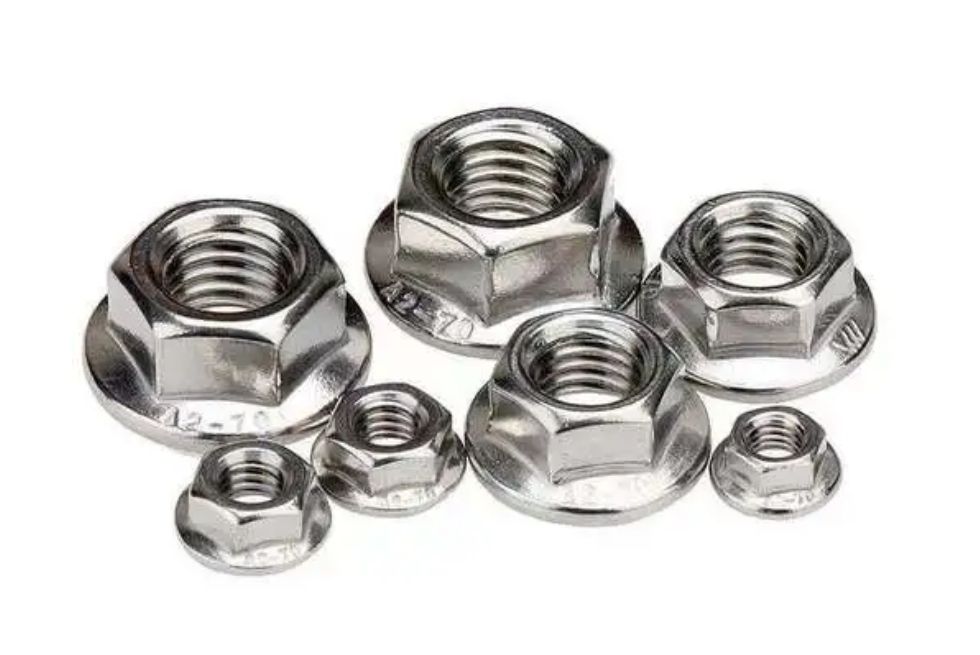Flanged Nuts & Self-Locking Nuts: Guide to Functions
Time:2024-03-05 20:32:18 Source:未知 Click:次
When assembling machinery or constructing structures, the choice of fasteners is crucial. They ensure the safety and stability of various components. Especially when it comes to flanged nuts and self-locking nuts, selecting the right type is vital for the success of a project. This article will discuss the functions and applications of these two types of nuts and provide you with a concise selection guide.
First, let's delve into flanged nuts. These nuts are characterized by a protruding flange on one side, which increases the contact area between the nut and the connecting surface. This design offers stronger support and excellent vibration resistance, making them particularly suitable for applications requiring high stability and load capacity, such as heavy machinery, automobiles, and the construction industry.
In contrast, self-locking nuts, also known as self-locking nuts, have unique self-locking properties. These nuts are specially designed, for example, with a nylon insert or a metal locking device, to generate additional friction after being tightened, thereby preventing loosening due to vibration or movement. They are ideal for applications with high safety requirements and frequent vibrations, such as railways, wind power, and automobile manufacturing.
When choosing between flanged nuts and self-locking nuts, consider the following factors carefully:
1. Load and stability requirements: If a project requires high stability and load capacity, and space allows, then flanged nuts will be the better choice.
2. Space limitations: In confined environments, especially in tight spaces, you may need to opt for the relatively smaller size of self-locking nuts without the extra flange.
3. Vibration and movement: In environments that frequently experience vibration or movement, self-locking nuts can provide an extra level of security against loosening.
4. Maintenance considerations: Although self-locking nuts offer excellent self-locking performance, they may require inspection of their locking effectiveness after prolonged use, and sometimes regular replacement. Flanged nuts, due to their simpler design, usually do not require such frequent checks or replacements.
5. Cost and installation: Flanged nuts may be slightly more expensive due to their larger size, and installation may require more effort and tools. Self-locking nuts may have a higher initial cost, but their long-term reliability may offset this difference.
In conclusion, the key to choosing the right type of nut lies in clearly understanding and analyzing the specific needs of the application. Each type of nut has its advantages, suitable for different environments and conditions. By reading this guide, you will be able to make a wiser fastener selection for various engineering projects, ensuring that your mechanical designs and building structures are both safe and reliable.


